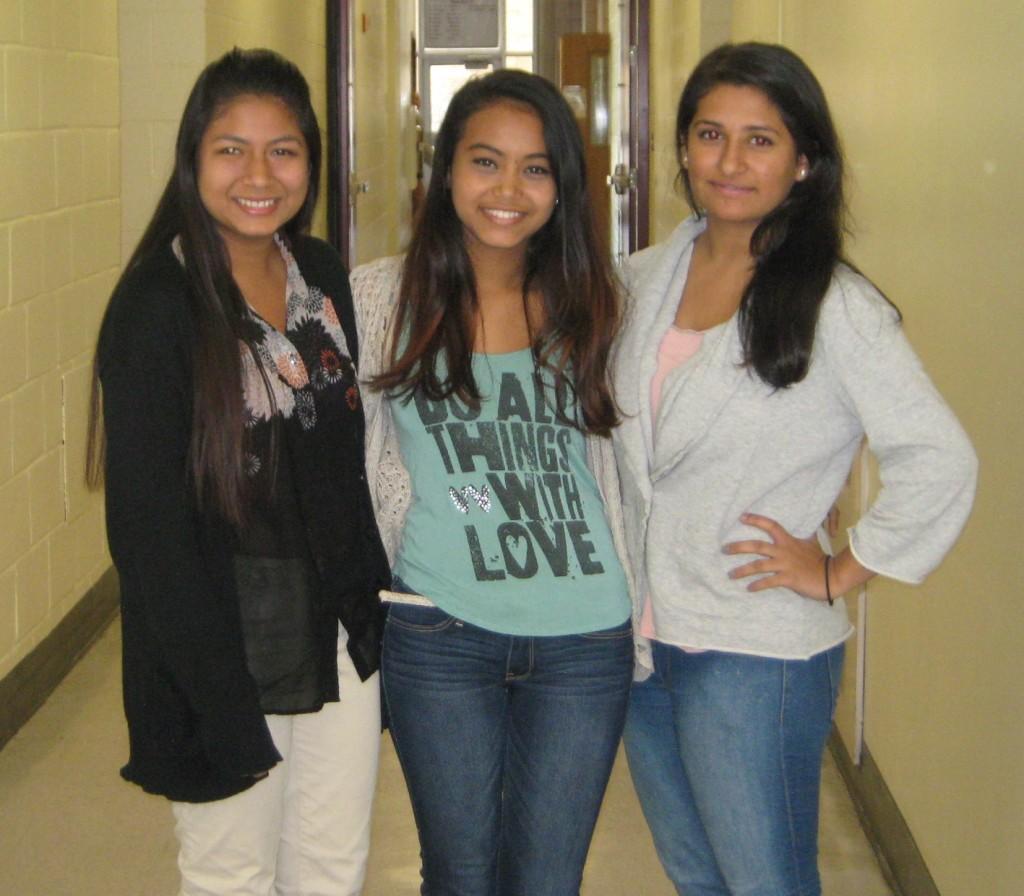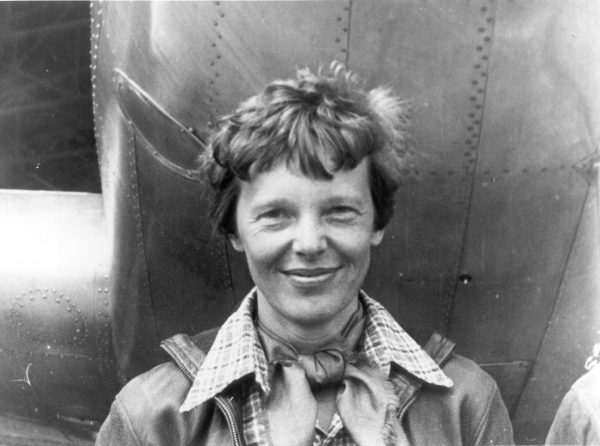Cultural Spotlight: Nepal
Perhaps best known for the Himalayan Mountains and Mount Everest, Nepal is a South Asian country rich in diversity with many different ethnic groups. The primary language is Nepali; however, there are many other regional dialects such as Tharu, Gurung, Sherpa, and Magar. The major religion in Nepal is Hinduism, but Buddhism also influences Nepali culture.
Towson High School is known for its diversity, as we have students from countries all over the world who attend our school. One large cultural group at THS is the students from Nepal. Sweekriti Kharel and Astha Baral, both Nepal natives, came to the United States when they were ten years old. “I lived and studied in Nepal until the beginning of 5th grade,” says Sweetkriti. “America is very diverse [compared to] Nepal.”
According to our Nepali friends, one major difference between the United States and Nepal is how school works. Here, of course, we walk around the building to different classes, but in Nepal it’s different. Puja Joshi explains, “School was very different in Nepal; we would just stay in one room for all of our classes.” Even though English isn’t the official language in Nepal, Sweetkriti says that all students were taught English in school, which helped them adapt to American culture soon after they arrived.
A significant part of Nepali culture is related to religion. Sweetkriti says, “Since Hinduism is the dominant religion, family lifestyle tends to connect with religion.” Most of Nepal’s festivals and holidays are related to Hinduism. Seema Basnet, Saryu Rajbhandari, Deepa Tamuu, and Dikchhya Bhandari say that their favorite holidays are Tihar and Holi. Astha says, “Tihar is for brothers and sisters. They give each other gifts and blessings.” Another holiday is Holi. “Most of our festivities, such as Holi, are very colorful and bright,” describes Sweetkriti. Holi, or “The Festival of Colors,” is a celebration of the beginning of the new spring season as well as a celebration of the gods. In honor of spring, multi-colored dye is thrown around in the air and at other people during the festival. The colors are meant to bring good luck and happiness. Holi is a perfect holiday to represent Nepal’s bright and vibrant culture.
Another factor that defines Nepali culture is its food. Because of the ethnic differences throughout the country, there are many different types of food. A favorite Nepali dish is a dumpling called Momo, which is considered a “fast food” in Nepal. Unlike here in the US, you won’t find many hamburgers in Nepal because Hinduism prohibits the killing of cows. Other meats like chicken, lamb, and even buffalo are used, which are often mixed with rice and vegetables to make a common Nepali meal.
When most people hear about Nepal, they probably think of the Himalayas or Mount Everest, which is the tallest point on the earth at 29,029 feet. Our Nepali students say that having Mount Everest in Nepal makes them proud. “The Himalayas are also a good source of water for us when they melt,” explains Sweetkriti.
Nepal’s culture is best summed up by Astha: “I would say that the Nepalese culture is basically a culture with many different festivals…that brings all of the people together.” Despite the differences between the US and Nepal, our Nepali students have adapted well to their new country and are happy to share their culture with the rest of us.
















